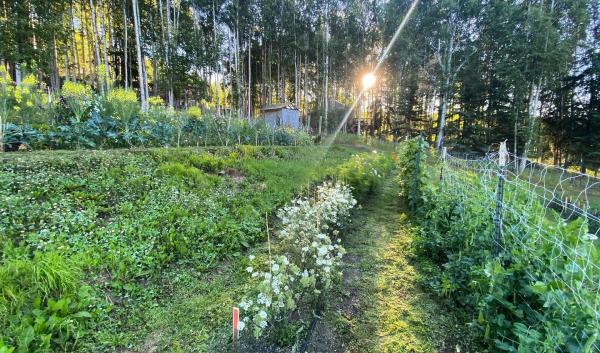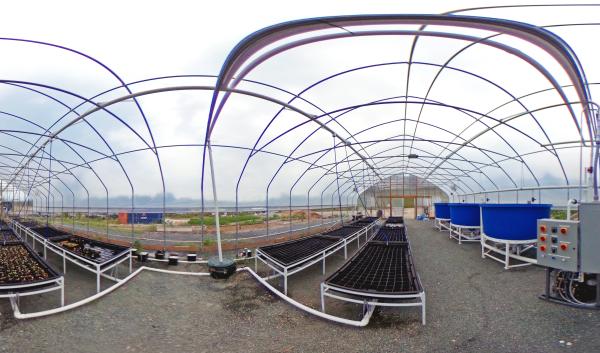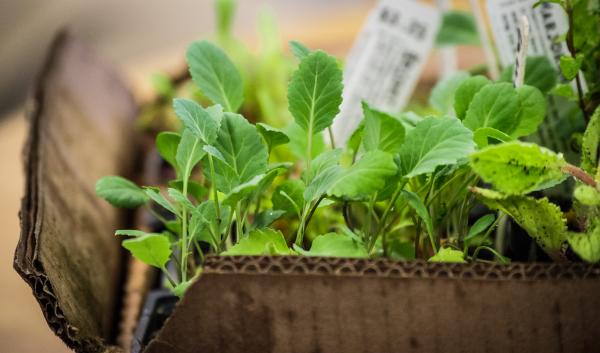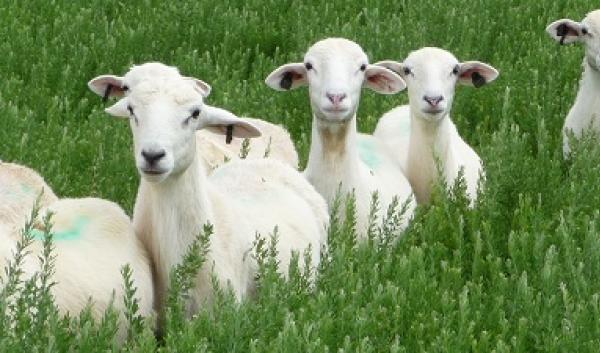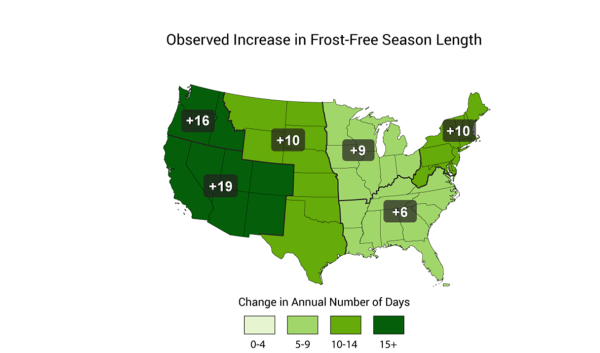Agriculture
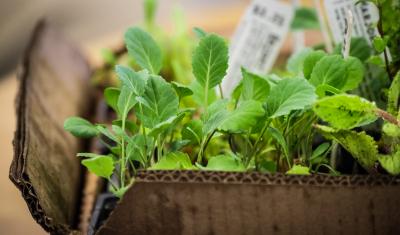 Urban agriculture helps to address local food insecurity issues in cities and suburban areas. Growing food in cities can take the form of backyard, roof-top and balcony gardening, community gardening in vacant lots and parks (sometimes spanning several city blocks), roadside urban fringe agriculture, livestock grazing in open space and intensive indoor hydroponic or aquaculture facilities. Urban agriculture eases access to food, reconnects communities to the practice of growing food, and engages the community on a variety of levels. This fast-growing phenomenon has the potential to nourish the health and social fabric of communities, improve the physical landscape and create economic opportunities for farmers and neighborhoods. Although the urban agriculture movement is gaining momentum, it also comes with a unique set of challenges and opportunities.
Urban agriculture helps to address local food insecurity issues in cities and suburban areas. Growing food in cities can take the form of backyard, roof-top and balcony gardening, community gardening in vacant lots and parks (sometimes spanning several city blocks), roadside urban fringe agriculture, livestock grazing in open space and intensive indoor hydroponic or aquaculture facilities. Urban agriculture eases access to food, reconnects communities to the practice of growing food, and engages the community on a variety of levels. This fast-growing phenomenon has the potential to nourish the health and social fabric of communities, improve the physical landscape and create economic opportunities for farmers and neighborhoods. Although the urban agriculture movement is gaining momentum, it also comes with a unique set of challenges and opportunities.
Changes in climate and extreme weather have already occurred and are increasing challenges for urban agriculture. Many of the impacts are expected to intensify in the future. Over the past century, temperatures have risen across all seasons, growing seasons have become longer, precipitation patterns have changed, and extreme precipitation events have increased in frequency and severity. Because of the sensitivity of agriculture to weather and climate conditions, these impacts can have substantial direct and indirect effects on farm production and profitability.
Continue to the full text of Urban Agriculture or browse related content:


